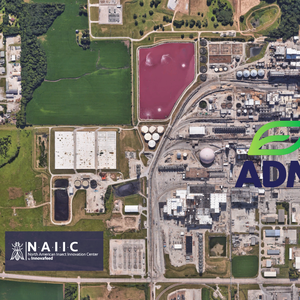Limiting consumption of fish species with a high methylmercury content is the most effective way to achieve the health benefits of fish whilst minimising the risks posed by excessive exposure to methylmercury. This is the main conclusion of a statement published by European Food Safety Authority (EFSA) on the risks and benefits of seafood.
EFSA recommends that individual Member States consider their national patterns of fish consumption and assess the risk of different population groups exceeding safe levels of methylmercury while obtaining the health benefits of fish. This particularly applies to countries where fish/seafood species with a high mercury content – such as swordfish, pike, tuna and hake – are consumed regularly.
Because of difficulties in generalizing across the continent – there are large variations in the proportion of populations consuming fish, in the fish/seafood species consumed and in the average amount of fish consumed by different age groups across Europe – EFSA has created scenarios to give snapshots of the situation in different countries.
These show that in some countries certain population groups – notably toddlers and children aged 3 to 10 – reached the safety threshold or tolerable weekly intake (TWI) for methylmercury before they reached intake levels that brought nutritional benefits. EFSA therefore concludes that:
For toddlers, children and women of childbearing age, the benefits of eating fish should be met by increasing the consumption of species low in methylmercury.
To protect the foetus against the adverse neurodevelopmental effects of methylmercury, women of childbearing age should not exceed the TWI.
As the brain is developing also after birth, toddlers and children regularly exposed to methylmercury above the TWI should also be considered at risk from the neurotoxic effects of methylmercury.
The statement by EFSA’s Scientific Committee addresses the benefits of fish/seafood consumption – using n-3 long-chain polyunsaturated fatty acids (LCPUFA) as an example of a beneficial substance – compared to the risks of methylmercury in fish/seafood, in relation to the number of fish servings per week.
It is based on two earlier EFSA scientific opinions that looked respectively at the risks from mercury and methylmercury in food, and the health benefits of fish/seafood. The first opinion established a TWI for methylmercury of 1.3 mg per kg of body weight; the second recommended weekly intakes of fish of between 1-2 servings and 3-4 servings in order to realise health benefits such as improved neurodevelopment in children and reduced risk of coronary heart disease in adults respectively.
Scenarios were created for different population groups such as toddlers, adolescents and adults. These were based on the type of fish/seafood species and serving sizes typically consumed by these groups in various Member States, and the resulting exposure to methylmercury and intake of LCPUFA.
It was then estimated how many servings of fish/seafood per week a given population group would need to reach the TWI for methylmercury and the dietary reference value (DRV) for LCPUFA.










